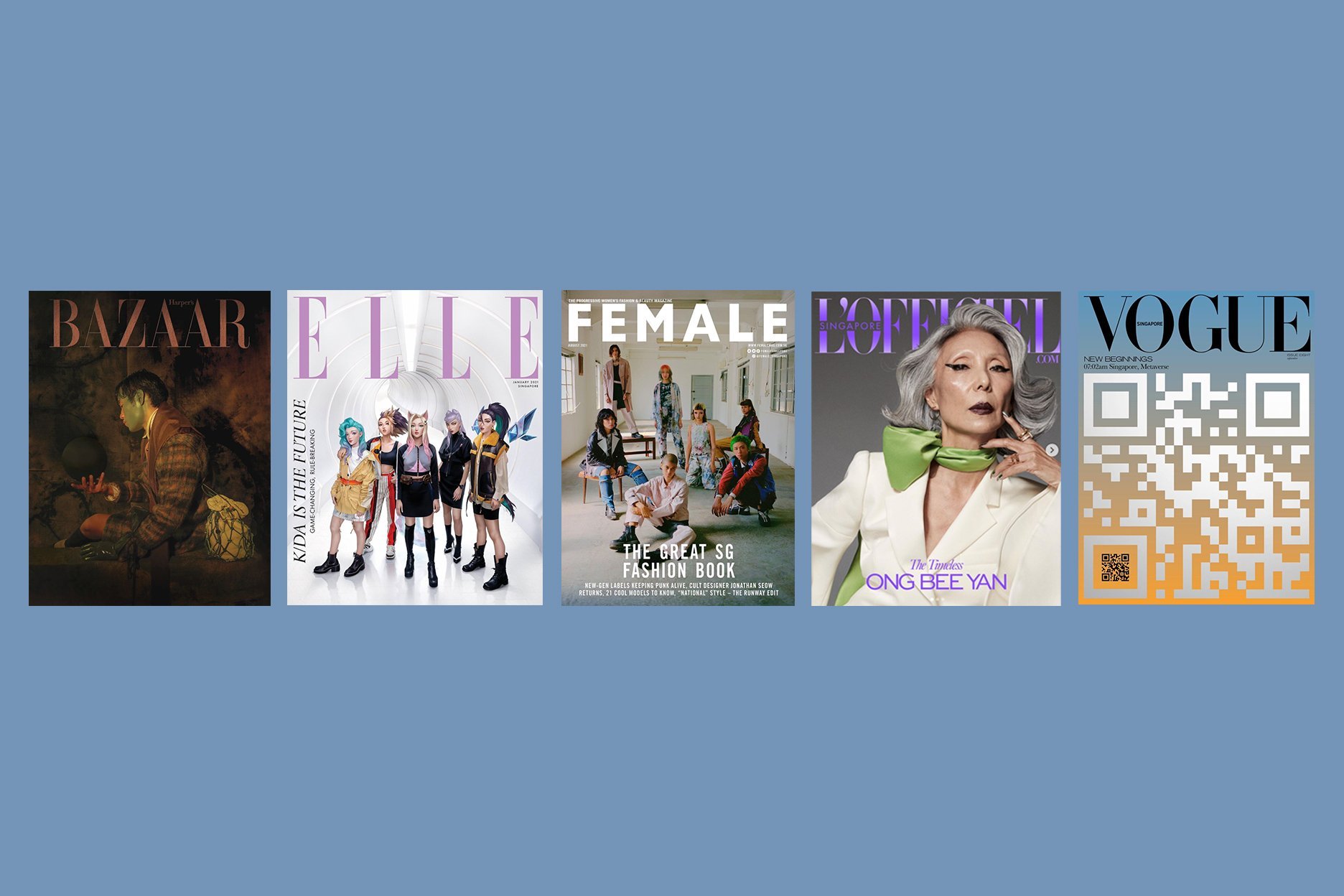My Own Words: Aqilah Zailan
Batik, Gypsied and being Javanese-Malay
By Aqilah Zailan
Aqilah Zailan of Gypsied. Image courtesy of Gypsied.
“Who am I?” is a question I have asked myself at various points of my life.
A layered identity: A Javanese-Malay in Singapore
Some of my earliest childhood memories revolved around discussions of my Javanese-Malay identity. My parents frequently debated whether they should have left the race section of my birth certificate as Javanese instead of Malay, as theirs had been.
I often wondered then what that meant, since race is neatly categorised in Singapore into C(hinese)-M(alay)-I(ndian)-O(thers). My friends in school clearly fit into these categories too. So how could I be anything other than Malay?
But the confusion continues. Save for one grandparent, all my elders were mostly Javanese. Growing up, I addressed my grandparents as nyai and yai, the Javanese terms for grandma and grandpa. While Malay was my mother tongue on paper, we also spoke bits of Javanese at home. My mother also frequently cooked the Javanese way — where sambal is sweet, lemak is extra sweet, and sambal godok is preferred over sambal goreng.
So wait, if I am not really Malay, why is my race identified as Malay? Or are these a matter of semantics?
The ethnic homogenisation that occurred in Singapore among the Malays, Boyanese, Bugis, Javanese (among other sub-groups) deserves a chapter on its own. But to cut a long story short, the categorisation of races is a matter of political practicality — which brings me back to my parents’ decision to state race in my birth certificate as Malay.
These curious thoughts on identity were however short-lived. Going through the motions as a Singaporean child and privileged to grow up in a stable education system, these differences did not matter after a while. Or perhaps for an impressionable teen, it was no longer practical — until that moment in time arrived in my early twenties and I found myself asking again: “Who am I?”
Semerbak Open Jacket. The kanthil (magnolia) flower symbolises hope that the wearer will be remembered for her character and convictions. Image courtesy of Gypsied.
Starting Gypsied
As a retail worker in jewellery and fashion at the beginning of my adulthood, I loved being able to connect with people through stories while on the sales floor. Stories are a powerful means of ownership, and I saw how storytelling in retail formed an emotional connection between a consumer and a brand. If not for the transactional nature of capitalism, I daresay it is human nature to look for or institute meaning in the things we wish to keep.
A trip to Sumatra at about the same time ignited my curiosity in the stories of craft, provenance and how it related to the heritage of a group of people. The handwoven textiles of the Batak people carved a path right back to batik for me. And so the journey through Java began.
Klaten, Central Java. Image courtesy of Gypsied.
My earliest memory of batik
In 2002, the year I was 14, I insisted on wearing batik wiron and kebaya, a type of traditional Javanese outfit, for Hari Raya.
I have no recollection of why I insisted on this, but it threw my dad into a panic because he had no clue where to get such an outfit in Singapore. He finally found a store tucked in the corner of the second level of Joo Chiat Complex. Donning a traditional Javanese outfit for the first time, my dad exclaimed “Girl, you look like Nek Sikem!”. Nek Sikem is his mother. A Javanese-Thai woman, stories about her were always shrouded in mystery as she passed before I was born. She was reportedly a stern woman whose children remember fondly for her love for batik and how she wore it daily, despite living in a city that was rapidly modernising. Her sartorial looks in a kebaya, kerongsang and batik wiron for events were apparently iconic too.
As a young mother of 13 children in the 1960s, it was said she also had to part with her batik when times were hard. Batik was a precious commodity then and had currency, and it is with much sadness that none of my late grandma’s batiks can be found in the family today.
Nusantara, Cradle of Life. Image courtesy of Gypsied.
Reclaiming an identity
Gypsied’s work with batik mirrors my personal journey with identity and heritage. As I traveled deeper into central Java to learn about the textile from experts, meet its makers and observe their way of life, I noticed similarities in temperament and even the manner of speech of these guardians of heritage as my own elders. They spoke softly, but had firm convictions, and they were steadfast in their beliefs, but adaptable to change. It was like coming home.
Batik drying at our artisan partners, Kebon Indah. Image courtesy of Gypsied
“As I traveled deeper into central Java to learn about the textile from experts, meet its makers and observe their way of life, I noticed similarities in temperament and even the manner of speech of these guardians of heritage as my own elders. They spoke softly, but had firm convictions, and they were steadfast in their beliefs, but adaptable to change. It was like coming home.”
The stories of batik and its symbolisms, as told to me by the artisans, are eye-opening. Many contain timeless tales of life, community and nature — messages that have survived since as far back as the 14th century.
These are the same stories that I bring to the forefront of our creations at Gypsied, giving voice not just to the textile but especially to its makers. I hope the stories will endure with every piece we make, embodied by the people who wear them, and those who come after them.
Today I am confident in who I am as a Javanese-Malay Singaporean woman and while I cannot speak for everyone, owning and wearing batik has been a huge part of reclaiming and owning this identity.
Running a fashion label as a ‘non-fashion person’
Did you go to fashion school? Did you study anything about fashion? These are two questions I get asked sometimes. In short, not at all. I am careful with the label designer, because I believe it requires the training that fashion and design schools provide.
Fashion at its heart is an indelible form of expression. The mere act of clothing one’s body, besides the fundamental purpose of protecting it, has deep roots in the psyche of human traits. How we dress is our personal commentary — of our unique values, social and cultural influences, a message to the world.
Teduh Poet Blouse. The word teduh means shelter in Malay. This motif signifies laying bricks and building foundations. Image courtesy of Gypsied.
And I think this is how Gypsied is a conduit that connects worlds. Each stakeholder from artisan to wearer has a message to share and my job is to take what is intangible and give it clarity, to transform the invisible into the visible.
Today the medium I work in is fashion, but I am open to how this could take another form in the future... maybe food?
P.S. It is still sambal godok for me, any day!
Aqilah Zailan is the founder of ethical fashion label Gypsied. Browse collections here and follow the studio’s work on Instagram @studio.gypsied. You can also explore the history and meanings of batik in the online journal, Textile Stories Asia.
















